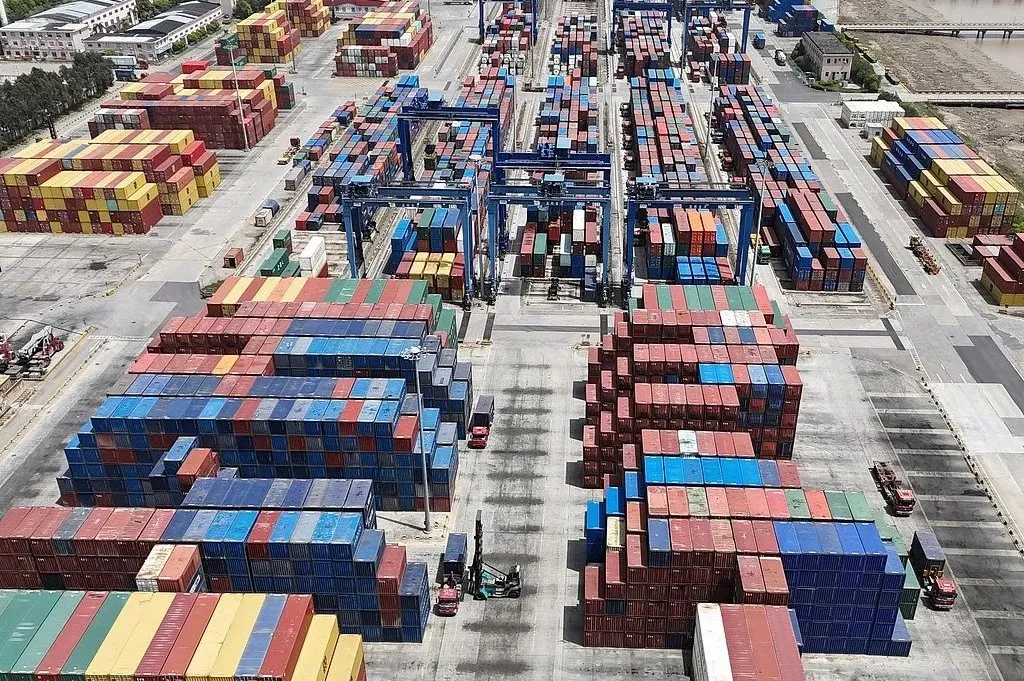China's Foreign Trade Resilience Amid U.S. Tariff Pressures

- U.S. tariff hikes disrupt global trade, impacting Chinese exporters (e.g., 35% of Ningbo stationery exports go to the U.S.).
- Example: A Cixi appliance company lost a 780-washing-machine order after U.S. prices surged from $180 to $270 due to tariffs.
Adaptation Strategies:
1️⃣ Market Diversification:
- Beifa Group (stationery):EU orders grew 30% (e.g., Lidl supermarket).Launched Southeast Asia (SEA) expansion in 2023, setting up brand centers in 15 countries (Indonesia, Thailand, etc.).
- Cixi Premium Store (appliances):Secured ¥40M SEA orders in 2023; ¥10M in Q1 2024, targeting ¥250M for 2024.
2️⃣ Supply Chain Adjustments:
- Eljia Purification Tech (Dongguan):Built a Thailand factory for auto filters to avoid tariffs, cutting U.S. reliance to <30%.Now exports to 40+ countries (Europe, SEA, Africa), with 2024 revenue projected at ¥300M.
3️⃣ Domestic Market Growth:
- Companies like Eljia increased domestic sales to 30% of revenue, reducing single-market risks.
Key Takeaways:
- Chinese exporters leverage SEA/EU demand and overseas production to offset U.S. trade barriers.
- Cixi’s exports to the U.S. now <16%, minimizing tariff impacts.